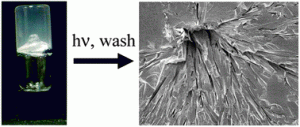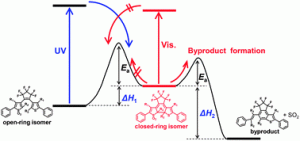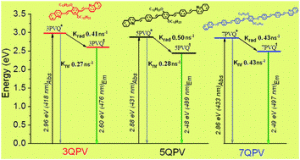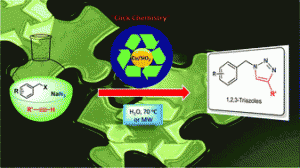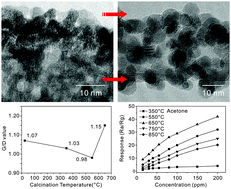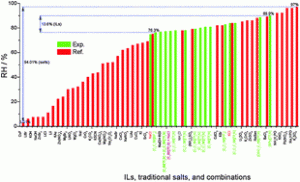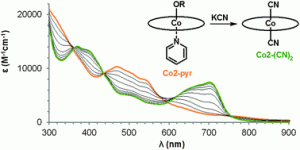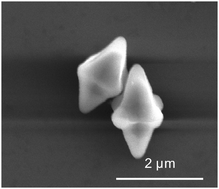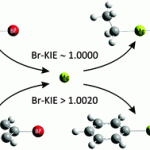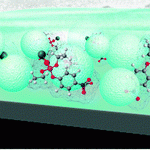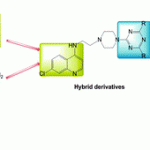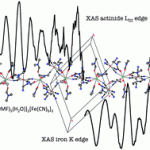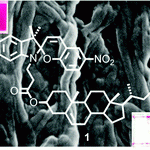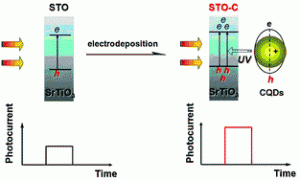Here are the latest Hot Articles published in NJC, recommended by referees. All are free to access for next 4 weeks!
Using gel morphology to control pore shape by Jonathan A. Foster, David W. Johnson, Mark-Oliver M. Pipenbrock and Jonathan W. Steed ; New J. Chem., 2014. DOI: 10.1039/C3NJ01295F, Paper
Alkyl substituent effects in photochemical and thermal reactions of photochromic thiophene-S,S-dioxidized diarylethenes by Hiroaki Shoji, Daichi Kitagawa and Seiya Kobatake; New J. Chem., 2014; DOI: 10.1039/C3NJ01246H
Enhancement of hydroxyl radical generation of a solid state photo-Fenton reagent based on magnetite/carboxylate-rich carbon composites by embedding carbon nanotubes as electron transfer channels by Tingting Han, Lingling Qu, Zhijun Luo, Xiangyang Wu and Daoxiao Zhang ; New J. Chem., 2014; DOI: 10.1039/C3NJ00959A
Synthesis and optoelectronic properties of phenylenevinylenequinoline macromolecules by Reyes Flores-Noria, Rosa Vázquez, Eduardo Arias, Ivana Moggio, Marlene Rodríguez, Ronald F. Ziolo, Oliverio Rodríguez, Dean R. Evans and Carl Liebig; New J. Chem., 2014; DOI: 10.1039/C3NJ01193C
Recoverable Cu/SiO2 composite-catalysed click synthesis of 1,2,3-triazoles in water media by Cátia Schwartz Radatz, Liliana do Amaral Soares, Estéfano Roberto Vieira, Diego Alves, Dennis Russowsky and Paulo Henrique Schneider; New J. Chem., 2014; DOI: 10.1039/C3NJ01167D
Arsinous acid as a thiol binding group: potential cysteine peptide tagging functionality that binds a single thiol by Xiaofei Liang and Dale G. Drueckhammer; New J. Chem., 2014; DOI: 10.1039/C3NJ01462B

PEDOT nanostructures synthesized in hexagonal mesophases by Srabanti Ghosh, Hynd Remita, Laurence Ramos, Alexandre Dazzi, Ariane Deniset-Besseau, Patricia Beaunier, Fabrice Goubard, Pierre-Henri Aubert, Francois Brisset and Samy Remita; New J. Chem., 2014; DOI: 10.1039/C3NJ01349A
Calcination-influenced interfacial structures and gas-sensing properties of multi-walled carbon nanotube–tin oxide p–n heterojunctions by Yong Jia, Pei-Yun Wu, Yin-Ping Jiang, Qun-Ying Zhang, Shuang-Sheng Zhou, Fang Fang and Dai-Yin Peng; New J. Chem., 2014; DOI: 10.1039/C3NJ01280H


